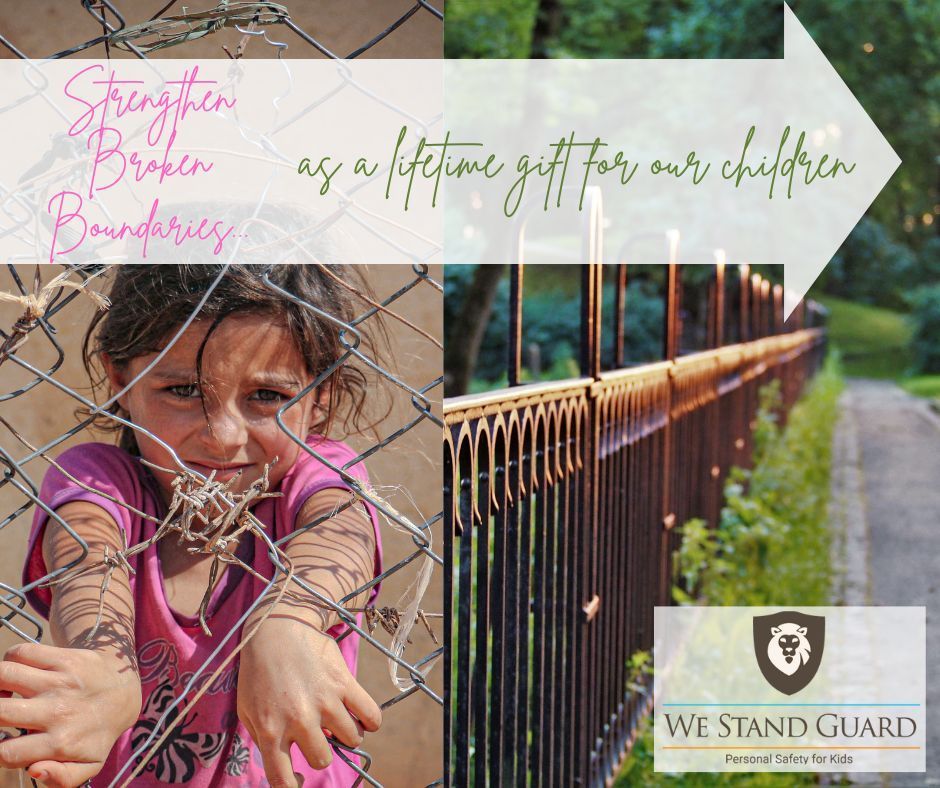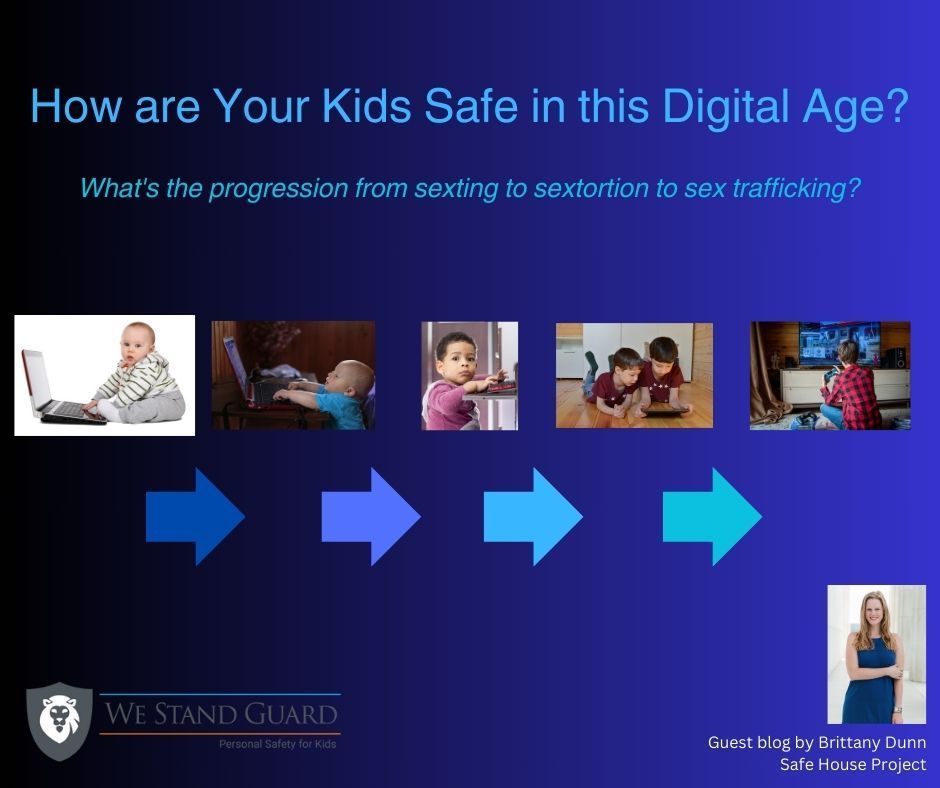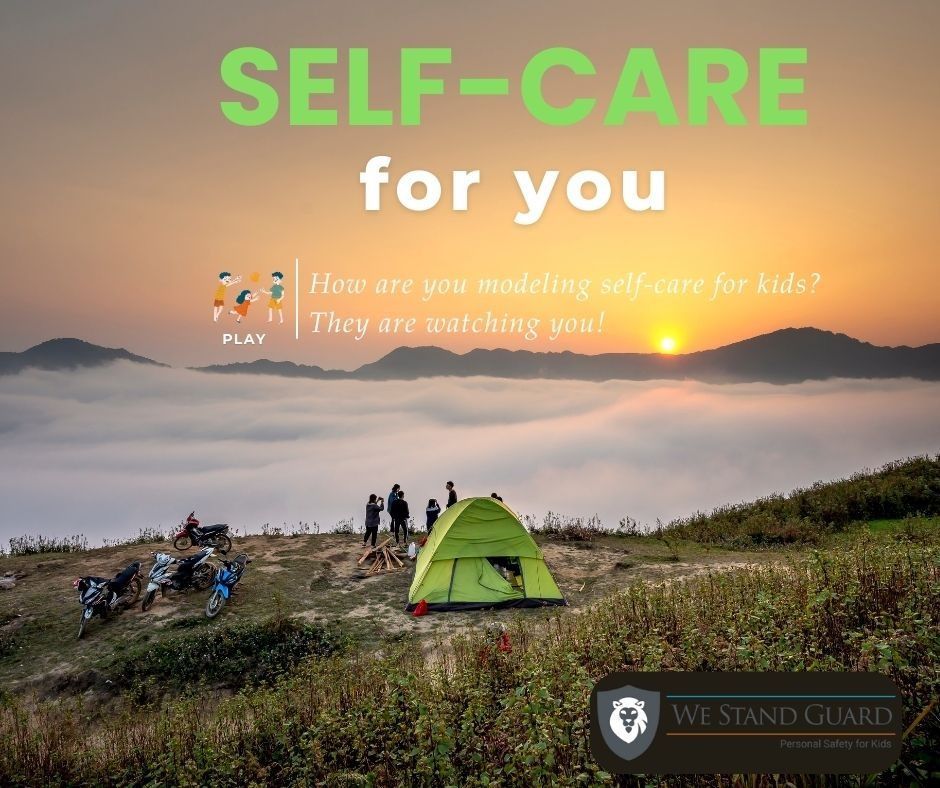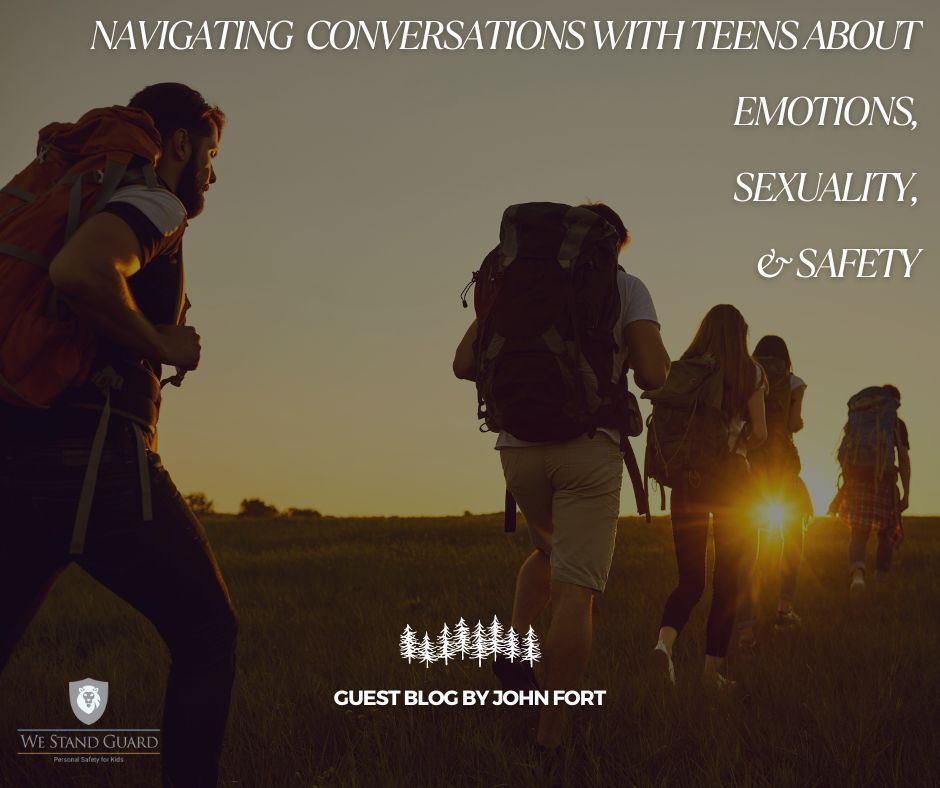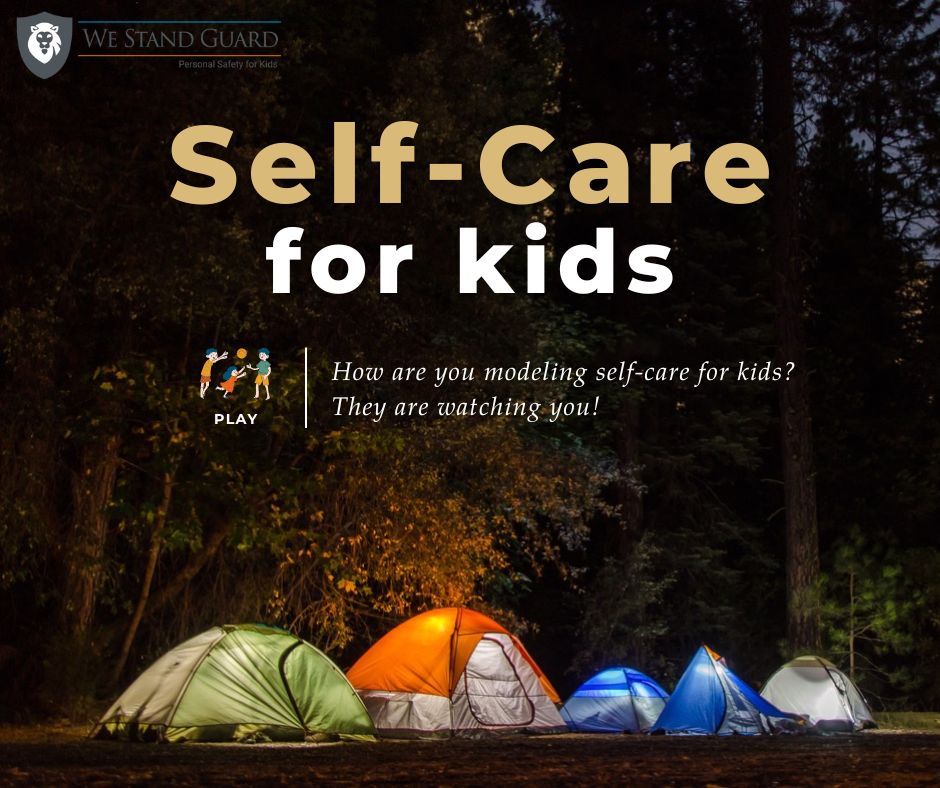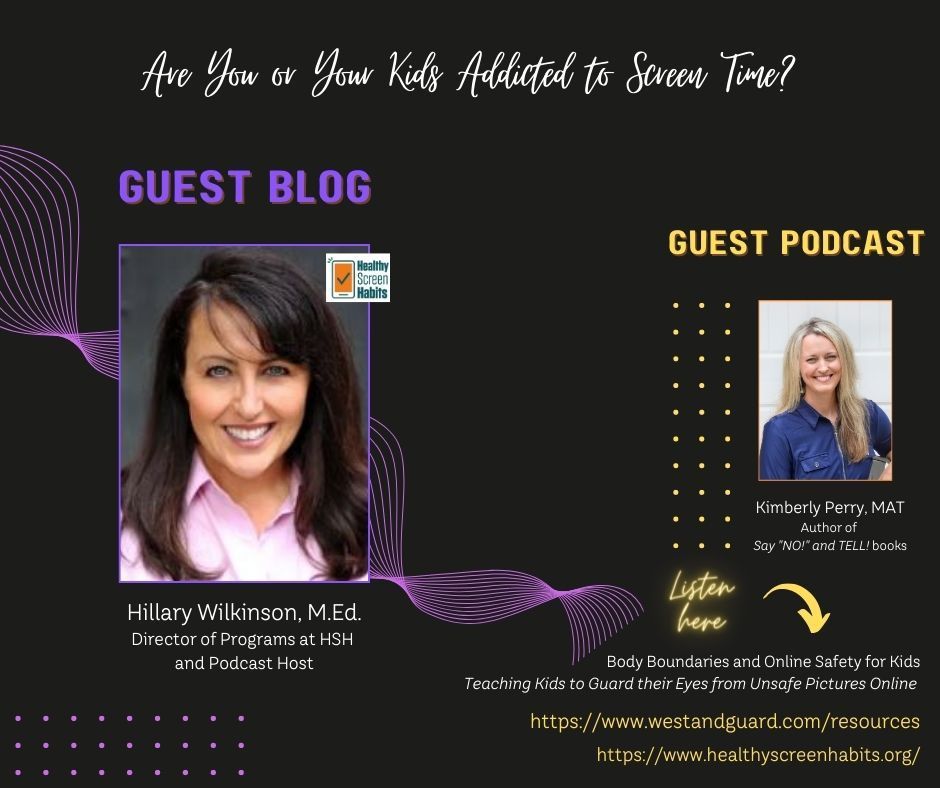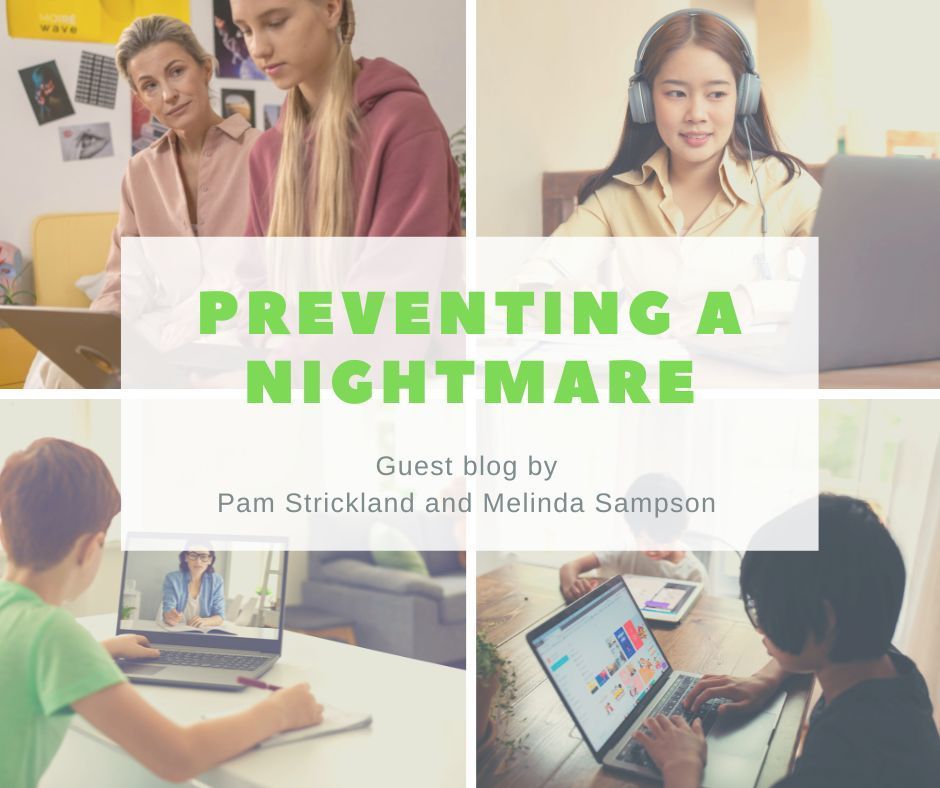How can an abuser hide in plain sight? Read a real life story...
#MeTooPrevention: a 5th real-life story
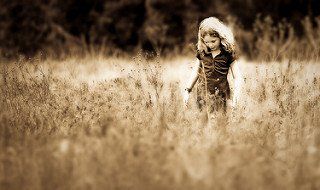
Self-Care vs. Threats, Bullying and Intimidation
Children can learn from what we say and even more by what we do. Self-care is so important to role-model as well as teach the younger generation so they can learn to be healthy and interdependent rather than codependent.
For example, self-care can include physical needs (adequate sleep, food, exercise), emotional health (sharing feelings, conflict resolution skills, verbal expression), healthy relationships (support, love, quality time), as well as a strong spiritual foundation by understanding God's unconditional love for us and every child, etc.
In general, we want to raise polite and respectful kids, however when a questionable encounter or dangerous situation happens, it is vital for kids to know what to do, such as say "NO!" to a grown-up or TELL someone else to get help. Instilling self-care and self-esteem within kids can help empower them to realize they have value and options
to counter an abuser's attempts to threaten, bully or intimidat
e them, whenever possible.
Roll-play safe vs. unsafe scenarios!
It is so important to train our kids early, because the negative effects of child sexual abuse can be long-lasting (D2L.com). This is why I
researched tactics an abuser may try toward a child and turned the tactics into eight positive life skills in the
Say "NO!" and TELL!
children's books for families to role-play together.
The scenarios section provides eight stories to rehearse and role-play a safe or unsafe situation, which can help build kids confidence, tools and skills for handling a questionable encounter. Here is an example of a scenario to practice:
_____________________________________________________
Excerpt Scenario #7: Self- Care vs. Threats p. 20
Self Care Mini-story:
The lifeguard blows his whistle and says it is time to get out of the pool and take a break from swimming. Your babysitter hands you a towel and says, “Dry off really well and get dressed in the locker room so we can grab dinner at the café.”
This can be SAFE!
It is okay to take a towel and dry off at the pool with your swimsuit still on and take care of yourself by changing clothes in a private area in the locker room with a grown-up nearby.
VS.
Threats, Bullying and Intimidation Mini-story:
The lifeguard blows his whistle and says it is time to get out of the pool and take a break from swimming. Your babysitter has a towel and says, “I will hold this towel up and help you take off your wet swimsuit so we can grab dinner at the café. If you don’t change clothes here, you will skip dinner and I’ll tell your parents you did not go to bed on time.”
This is UNSAFE!
Say “NO!” to threats about private parts and TELL! It is not okay if someone demands that you take off your bathing suit or clothes in public - this violates (breaks) your privacy. A threat of withholding dinner or anything you need (not letting you take care of yourself properly) is wrong. It is not right for anyone to pressure or lie about you to get something they want – this is bullying and intimidation. TELL your parents right away or a trusted grown-up if this happens.
How would you take care of yourself if someone tried to threaten, bully or intimidate you about anyone’s private parts?
_____________________________________________________
A Real Life Story...
Our next anonymous writer
shares about abuse that was hiding in plain sight from everyone because her step-dad used threats, bullying, intimidation and manipulation to control her. This story debunks the myth that sexual abuse of kids may have obvious or visible signs and symptoms somehow, but rather often remains hiding in plain sight because the vicitm is sworn to secrecy by threats.
***TRIGGER ALERT***
***Please be advised that this blog contains a sensitive story***
When I was 5 years old, my life changed forever…my parents divorced with my Daddy leaving on Christmas morning. I remember the confusion and the fear that swirled around me as I watched my two grown parents crying and telling me to be a big girl. Little did they know that soon I was to be treated like a “big girl” or, rather, a grown woman, by my soon to be stepfather.
My parents both remarried different people when I was 6, and my stepfather had already been sexually abusing me. He would take me shopping and tell me he would buy me something after he touched me in very private places, while manipulating me to comply and interact with him completely in this physical way. As a young girl, my stepfather forced me to participate in almost everything sexually, short of intercourse. Being terrified of not seeing my mom again, I felt I had to oblige him, which was horrifying.
He told me to never tell of this, as it was just “special” between us. He told me that God had brought him into my life to teach me how to be a good wife when I grew up. He also told me that if I ever told, no one would believe me, that my mom would go crazy and I would be left all alone with just him. Having my dad leave and move two hours away from me made me believe that this was possible - that I would truly be alone - and my parents were not able to protect me. He also told me that what we were doing was wrong, and God would punish me for participating in sexual acts with him. This was so confusing, and if I would trip, or slam my finger in a door, or some other form of accident, he was quick to point out and relate it back to “karma” for what “we were doing.” The psychological impact of that was pure confusion! I was alone and I thought even God was punishing me?!??!
The effects of this abuse caused me to shut down and to live a dual life.
I can look back now and see how I stuffed my feelings and was not allowed to feel them. My step dad was very physically abusive as well and terrorized me whenever he had a chance to do so. If I was at all defiant, I was choked until I submitted. If I cried, I was beaten on the side and back of my head until I stopped. I was not allowed to cry unless there was blood.
So I didn’t know how to relate very well to others.
I was isolated and became only able to survive. I was determined to survive as I knew there was more for me, more than this abusive, horrible life. I wanted to control areas of my life and the only thing I could do was to overachieve, and to create a huge contrast with what happened behind closed doors in the dark of night or when he barged into the bathroom while I was showering or in the tub. I became involved in many activities: 4-H (became president), basketball, volleyball, and track. I worked to get straight A’s in all of my classes. My life outside of the home was where I could exercise some form of control in my life. The abuse continued until I left home at age 18.
I was afraid of boys.
Dating terrified and at the suggestion of anything sexual, it terrified me and made me think that all men were not interested in me, only for what I could do for them. In my heart of hearts, I knew this to be untrue, but I could not find evidence of it anywhere! Relationships with boys frightened me, but I so desperately wanted to date and to be asked out,but was terrified at the same time.
I had a hypersensitive “startle reflex”
and to this day do not enjoy being scared. It feels very invasive and, as a mom of three boys, they have all been mystified by my response to them trying to scare me. I get mad, and they don’t get it. Through the years of healing, I’ve been able to release that terror and have a more appropriate response to being startled. When I did enter into psychotherapy at the age of 20, I had to learn all about feelings and begin to understand a simplistic list of “mad, sad, glad, ashamed, and afraid” on my 5 fingers. Three rhymed and two began with A. I had shut myself off from feelings for so long, I couldn’t articulate them when asked.
I believe reading a Say "No!" and TELL! book would have helped me because it would have helped me to hold onto that little voice inside of me that said this is wrong and someone out there knows it too. It would have encouraged me to tell my story and to keep telling it until someone believed me and would make it stop. A book like this is so valuable to stopping the generational effects of sexual abuse.
I have learned that incest and sexual abuse goes back in my family line at least 4 generations. A book like this in any one of those generations would have equipped the victims to stand and tell, and to put an end to the horrible cycle of abuse.
I am so grateful to Kimberly Perry at We Stand Guard to write this book, to get the message out there and to help stop the cycle of sexual victimization of children. Children are our most precious gift and hold the Hope of the Future for our world. We must protect them and Stand Guard together. This book needs to be in every library and in every classroom, and every Sunday School Room across the nation!
